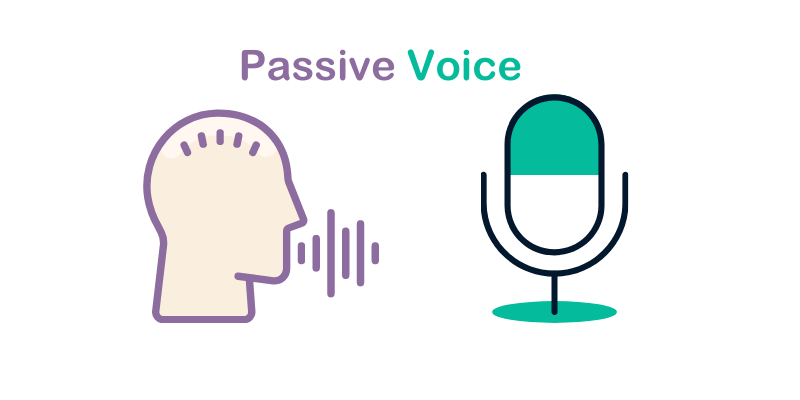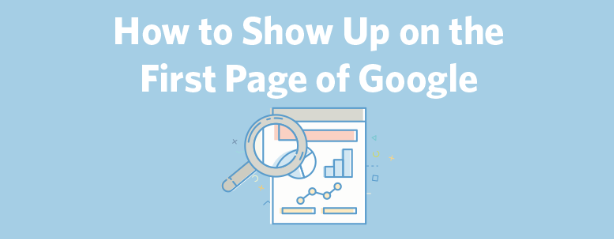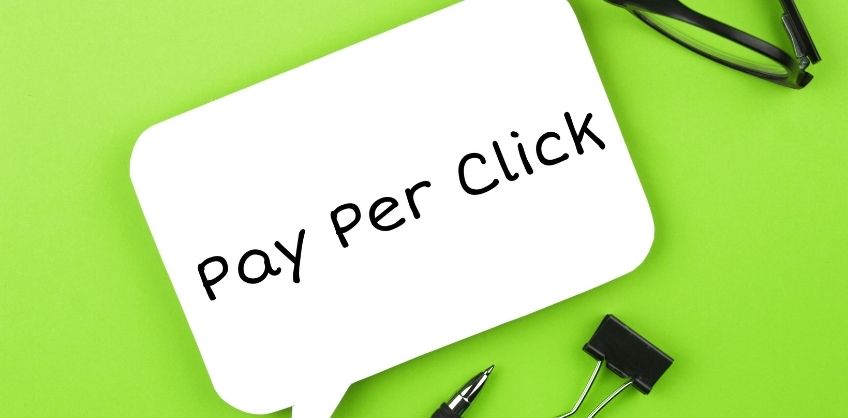January 27, 2022
Do you know what is passive? Where you can apply passive voice and why, and how you should avoid passive voice in many cases?
The passive voice is the structure of the sentence in which the sentence is described with respect to the third person. The passive voice is not preferred in textual matters because it is quite unclear, contains uncertainty, and is considered a bad writing style.
Now, the first and foremost question that strikes in our mind is what is passive voice, and what is meant by passive voice? For that, you need to understand the basic structure of sentence formation.
Read More: Tools to Make Content Distribution Easy
What Is Passive Voice
- Passive voice is commonly a skilled writing style because it makes it confusing who or what is performing the action.
- At the start of the passive sentence, the person, or thing acted on is used first, supported by the actor which is used at the end, inserted with the function word “by.”
- The passive voice is the grammatical sentence, which is an effortless way of comparison with an active sentence.
A basic sentence structure contains subject, verb, and receiver. But before proceeding, you need to identify the different parts of the sentence.
Example - Harry kicked the ball.
- Verb: Kicked
- Subject: Harry
- Receiver: Ball
To identify the Verb in the sentence
- The verb is defined as the person who does something or who is performing any activity.
- Mostly, verbs are the active voice like kicked, played, or graded whereas phrasal strings like to be or its conjunctions is, was are passive voice.
In the above example, the verb in the sentence is the kicked.
The sentence is of the past tense because the verb shows that the action has already been done or completed. The ball is passive because the ball is not doing any action.
Read More: Easy Ways of Improving Rankings
To identify the Subject in the sentence:
The next step is to identify the subject of the sentence. Start evaluating the sentence by finding out the verb, i.e., the action because this will help you find out the subject.
- The subject is defined as the main actor or the performer in the structure of the sentence.
- The subject of the sentence is in the active form, i.e., who performed the action, or who executed the action?
- In the example, Harry kicked the ball, the subject (i.e., Who kicked the ball) is Harry.
To identify the Receiver in the sentence:
- The receiver is defined as the person on whom the effect of the performance is seen.
- In the example, Harry kicked the ball, The action is being performed on the word ball. Hence, the ball is the direct object or the receiver.
- Sometimes, in the passive sentence, the person eliminates the receiver and makes the sentence shorter and confusing. For example, Harry kicked.
- In the above example, the ball has been eliminated, hence the sentence is not clear in the reference to what object Harry kicked? Or what Harry kicked?
EXCEPTIONAL Cases :
Tip: This is the process of finding out the subject in the active voice. Sometimes, the subject is not a person.
For example,
"The plane stopped the traffic."
In the above example, the action, or the verb is the act of stopping, and who stopped the traffic? The answer to this question is the plane. Hence, the plane is the subject of the sentence, which is not a person.
Read More: 3 Steps to Optimizing Your Website
Other Examples-
Active Sentence: Mom hugged me [For the active sentence, Mom (Actor or Performer) Hugged (Direct verb) Me (Receiver) ]
Passive Sentence: I was hugged by mom.[ I (Receiver) Was hugged (Direct verb) By mom (Actor or the Performer)]
In the passive voice sentence, the actor and the receiver are interchanged, and the receiver becomes the grammatical subject. The meaning of the sentence remains the same, the only difference is the word order.
Explanation:
In some passive sentences, you can remove the actor.
For example, you can directly use the sentence “I was hugged”.
This is the perfect example of the sensible passive sentence but is it incomplete. Because it renders very little information. Whenever in case of doubt, and you are struggling to understand exactly what the passive voice is, then it is a great thumb rule to avoid using it.
In the first half of the article, we have explained what is passive voice and further, we will discuss why you should avoid passive voice, followed by the steps to how to avoid passive voice misuse?
Why Should You Avoid Using Passive Voice
We hope by now you must have got a basic knowledge of what is the meaning of the passive voice. Now, let’s discuss in detail the passive voice sentence and what is the purpose of the passive voice sentence.
The main purpose of applying the passive voice is that:
- It helps in depicting the idea that you don’t want to disclose your identity.
- In the case of the legal discussions, where the real identity of the individual is kept hidden.
But it always makes your writing more lengthy and your sentences less expressive. The word count of the sentence also increases, and hence the readability of the text is affected.
The primary reason for avoiding the use of the passive voice is that it generates complexity and decreases the basic understandability of the textual matter.
A Lengthy Sentence :
The passive sentences are lengthy and contain a lot of words. The passive sentence increases the length of the textual matter and makes the data hard to understand.
Example:
Active sentence: The passive voice always makes your sentence less clear.
Passive sentence: Your sentence is always made less clear by using the passive voice.
Here, both the sentences convey the same message, but the length of the passive sentence increases hence making it hard to read, and the overall readability of the text matter is affected.
Complicated Sentence Structure:
Since the passive sentence is lengthy and unclear, it forces the reader to understand the sense of the sentence as per their sense. This results in a decreased probability of the message you wish to deliver. The textual data gets complex and hence does not pass the readability criteria.
But you need to know in detail what are the passive words and how they can impact the readability of any textual matter and hence the data is easily understandable.
Read More: 3 Ways By Which Your Content Can Gain User’s Trust Easily
When is it okay to use Passive voice
The passive form of a sentence takes more effort. The sentence structure is basic and logical with respect to the English language. The passive sentence turn around the sentence. There is a direct process that is followed in which you will learn how the sentence is changed, what happens to the sentence, and how it was modified?
This expresses that making a sentence related to the subject consumes extra time. The actor or performer in the sentence structure is replaced by the subject, so it is somewhat not oriented.
Overall, there is no extra benefit while applying the passive voice. Always prefers using an active sentence alternative over a passive form of the sentence to make it easy to read and understand.
How to Check Passive Voice Score
The readability analysis is the feature available on Yoast SEO for WordPress and Yoast SEO for Shopify. It comes with a passive voice sentence checker which checks sentence that contains passive voice sentences. The maximum limit of the passive sentence should be less than 10%. The passive sentence makes your writing more distant and the message less clear.
How to use Less Passive Voice in your Copy
Almost every passive sentence contains an active counterpart. If you do not have any alternative for the sentence, you can use a passive sentence. Let's see how.
While writing a passive sentence for an active sentence, two key factors need to be considered.
- The Verb change
- Interchanged places of the actor(performer) and receiver.
The change of the verb is the most difficult task. Therefore, examples are required for explaining the basic conversion of the active sentence into a passive sentence. Mostly, the sentences have more words after the subject, verb, and object.
In the examples below, there are some passive words used to replace an active sentence with a passive voice sentence and vice-versa.
For Example -
Sentence 1 :
Active Sentence: Change “What do you want” into passive voice?
Passive Sentence: What is wanted by you?
Sentence 2:
Active Sentence: Change “What are you doing” into passive voice?
Passive Sentence: What is being done by you?
What are the Exceptions
Sometimes, the passive voice can be the only formal way to form a sentence. Mostly, this issue occurs when the actor is unique.
In the passive voice, the actor or performer and the receiver places are interchanged in the sentence structure.
There is no identifiable actor here, the general actions are described here. Any alternate active sentence would be less clear and concise.
Alternatively, you may use a passive sentence to focus on the receiver. The maximum limit of the 10% passive sentence is allowed in an overall text article. You require applying the active sentence instead of the passive sentence.
CONCLUSION:
In this write-up, we have explained in detail what is meant by passive voice and how to avoid passive voice sentences in your text to increase its legibility.
In some examples, active sentences are easier to understand than passive sentences. After composing your textual matter, scan it for the passive voice structure of the sentences. If the readability is more than 10 % then try converting each passive sentence into an active one, and start your new sentence with the actor or performer.

Recent Posts
ARE YOU A LEADING SEO SERVICE PROVIDER?
Get listed in world's largest SEO directory today!
Directory listing counter is continuously increasing, be a part of it to gain the advantages, 10301 Companies are already listed.






























